Efficiency Unleashed: NetSuite Optimization Tips
Efficiency Unleashed: NetSuite Optimization Tips

Introduction
In the dynamic landscape of modern business, the optimization of NetSuite emerges as a critical driver for organizational efficiency. NetSuite, a comprehensive cloud-based business management suite, serves as the backbone for a myriad of business processes, ranging from financial management to customer relationship management. The significance of optimizing NetSuite goes beyond mere operational improvements; it’s a strategic imperative in the pursuit of heightened productivity and competitiveness. This blog will unravel the intricacies of NetSuite optimization, shedding light on its transformative potential for businesses seeking to thrive in the digital era.
Navigating the complexities of NetSuite optimization requires a nuanced understanding of its multifaceted capabilities. Throughout this blog post, readers can anticipate a detailed exploration of strategies aimed at unleashing the full power of NetSuite. From intricacies of workflow fine-tuning to harnessing the capabilities of various NetSuite modules, our goal is to provide a comprehensive guide that caters to a diverse spectrum of businesses. Whether you’re a seasoned NetSuite user seeking to refine existing processes or a newcomer eager to leverage the full spectrum of this robust platform, this blog serves as a versatile resource for NetSuite optimization. Brace yourself for a journey through both technical nuances and strategic approaches, as we unlock the true efficiency potential of NetSuite.
As we embark on this exploration, it’s important for readers to grasp the transformative impact that effective NetSuite optimization can have on their business operations. Beyond the conventional understanding of efficiency lies a realm of untapped potential waiting to be discovered. The upcoming sections will delve into actionable insights, offering practical tips and best practices for making the most of NetSuite. Whether you’re looking to streamline financial workflows, enhance customer engagement, or optimize inventory management, the insights presented here aim to empower businesses with the knowledge needed to navigate the intricacies of NetSuite optimization successfully. Get ready to revolutionize your approach to business management and witness the unleashed efficiency that NetSuite can bring to your organization.
D. Customization and Configuration Tips
Striking the right balance between customization and system performance is a crucial consideration in NetSuite optimization. While customization allows businesses to tailor NetSuite to their specific needs, excessive customization can potentially impact system performance. It’s essential to assess the necessity of each customization and weigh it against its potential impact on performance. Businesses should prioritize essential customizations that align with their unique workflows and requirements while avoiding unnecessary complexity that could hinder the system’s efficiency. This careful balance ensures that businesses harness the power of customization without compromising the overall performance and responsiveness of their NetSuite instance.
Adopting best practices for configuring NetSuite settings is a key element in the optimization journey. Businesses should regularly review and fine-tune their configurations to align with evolving business processes and industry standards. This involves optimizing user roles and permissions to ensure secure and streamlined access, as well as configuring preferences to match specific user needs. Additionally, staying informed about updates and new features in NetSuite allows businesses to leverage the latest functionalities for enhanced efficiency. By following best practices for configuration, businesses can create a tailored NetSuite environment that not only meets their current needs but also adapts seamlessly to future changes, promoting a sustainable and optimized business operation.
FAQ’s
Why is NetSuite optimization important for businesses?
- NetSuite optimization is crucial for businesses because it enhances the efficiency and effectiveness of their operations. By fine-tuning the NetSuite platform, businesses can streamline workflows, improve system performance, and adapt to changing business needs more effectively.
What are the common challenges faced during NetSuite optimization?
- Common challenges include striking the right balance between customization and system performance, identifying and eliminating bottlenecks in workflows, and addressing scalability issues as the business grows. These challenges highlight the need for a strategic and well-balanced approach to optimization.
How can businesses adapt to technological advancements in NetSuite?
- Adapting to technological advancements in NetSuite involves staying updated with the latest releases and updates. Businesses should develop a flexible approach to integrate new features seamlessly into their workflows, leveraging innovations such as artificial intelligence and automation.
What are the key strategies for continuous optimization in NetSuite?
- Continuous optimization in NetSuite involves regularly reassessing and refining configurations, workflows, and processes. Establishing a feedback loop with end-users, administrators, and IT teams is crucial. Additionally, fostering a culture of innovation encourages the exploration of new NetSuite features for ongoing improvements.
How can businesses future-proof their NetSuite optimization efforts?
- Future-proofing NetSuite optimization requires adapting to technological advancements, continuously optimizing processes, and leveraging strategic partnerships. By staying agile and proactive, businesses can ensure that their NetSuite instance evolves with changing business needs and technological trends.
What role do real-world case studies play in understanding NetSuite optimization?
- Real-world case studies provide practical insights into how businesses have successfully optimized NetSuite to overcome challenges and achieve tangible improvements. These examples offer valuable lessons and best practices that can guide other businesses in their optimization endeavors.
How can businesses navigate challenges during the adoption of new NetSuite technologies?
- Navigating challenges during the adoption of new NetSuite technologies involves investing in comprehensive training programs, establishing robust change management processes, and ensuring clear communication channels. Addressing these challenges proactively minimizes disruptions and ensures a smooth transition to the latest NetSuite features.



